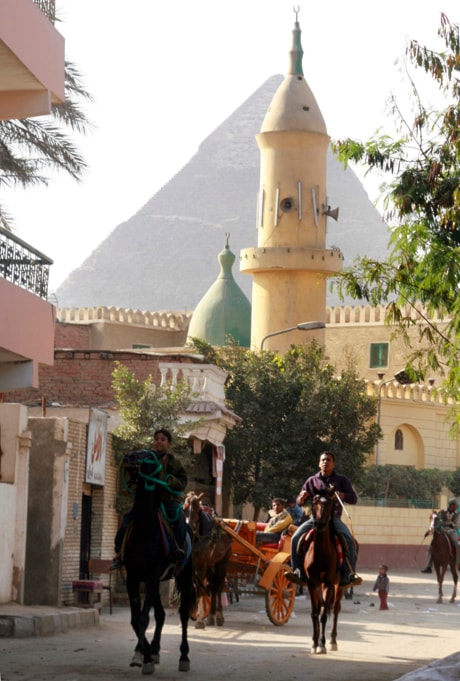CAIRO — Travellers to Egypt will soon be able to explore the inner chambers of the 4,500-year-old “bent” pyramid, known for its oddly shaped profile, and other nearby ancient tombs.
The increased access to the pyramids south of Cairo is part of a new sustainable development campaign that Egypt hopes will attract more visitors but also to avoid some of the problems of the urban sprawl that have plagued the famed pyramids of Giza.
Egypt’s chief archeologist, Zahi Hawass, said the chambers of the 100-metre-pyramid outside the village of Dahshur, 80 km south of Cairo, be opened for the first time to tourists some time in May or June.
“This is going to be an adventure,” he told reporters.
Dahshur’s bent pyramid is famous for its irregular profile. The massive tomb’s sides rise at a steep angle but then abruptly taper off at a more shallow approach to the pyramid’s apex.
Archeologists believe the pyramid-builders changed their minds while constructing it, out of fear the whole structure might collapse because the sides were too steep.
The pyramid is entered through a cramped 80-metre-long tunnel that opens into an immense vaulted chamber. From there, passageways lead to other rooms, including one that has cedar wood beams believed to have been imported from ancient Lebanon.
Hawass said archeologists believe fourth-dynasty founder Pharaoh Sneferu’s burial chamber lies undiscovered inside the pyramid.
The inner chambers of the nearby Red pyramid, also built by Sneferu, already are accessible to visitors. Hawass said several other nearby pyramids, including one with an underground labyrinth from the Middle Kingdom, would also be opened in the next year.
“It is amazing because of a maze of corridors underneath this pyramid — the visit will be unique,” said Hawass, referring to the pyramid of Amenhemhat III, who ruled during Egypt’s 12th dynasty from 1859-1813 BC.
“Twenty-five years ago, I went to enter this pyramid and I was afraid I would never come back, and I had to ask the workmen to tie ropes around my leg so I wouldn’t lose my way,” he recalled.
Only five per cent of tourists coming to Egypt visit the three pyramids of Dahshur, Hawass said.
He hopes increasing access to the monuments will bring more visitors. But he also cautioned that the Western fast food restaurants and hundreds of hawkers selling kitschy souvenirs near the Giza pyramids would not be allowed at Dahshur, which is currently surrounded by agricultural fields on one side and open desert on the other.
As part of an effort announced by Hawass and the United Nations, villagers near Dahshur will be given economic opportunities to increase local development including microfinance loans for small businesses. They did not release specifics but said they hoped to create a master plan for Dahshur and its surrounding villages by the end of the year.
